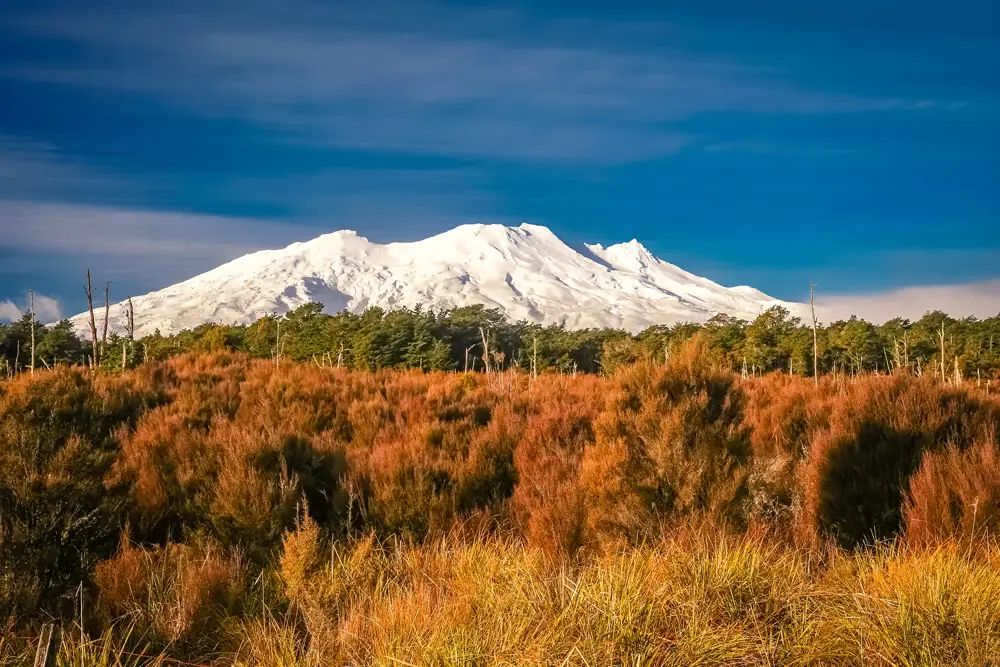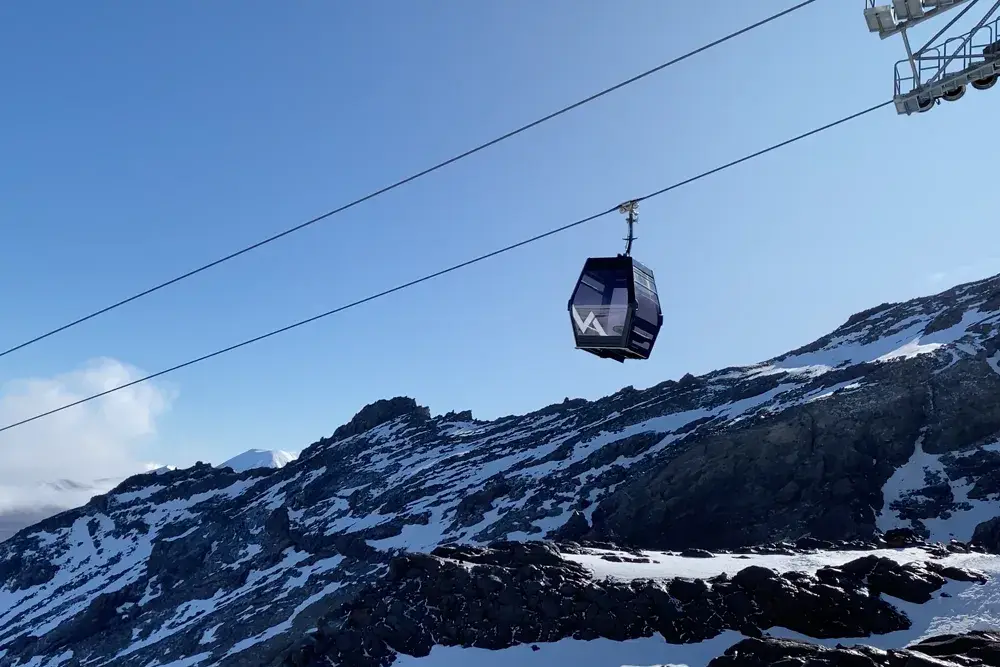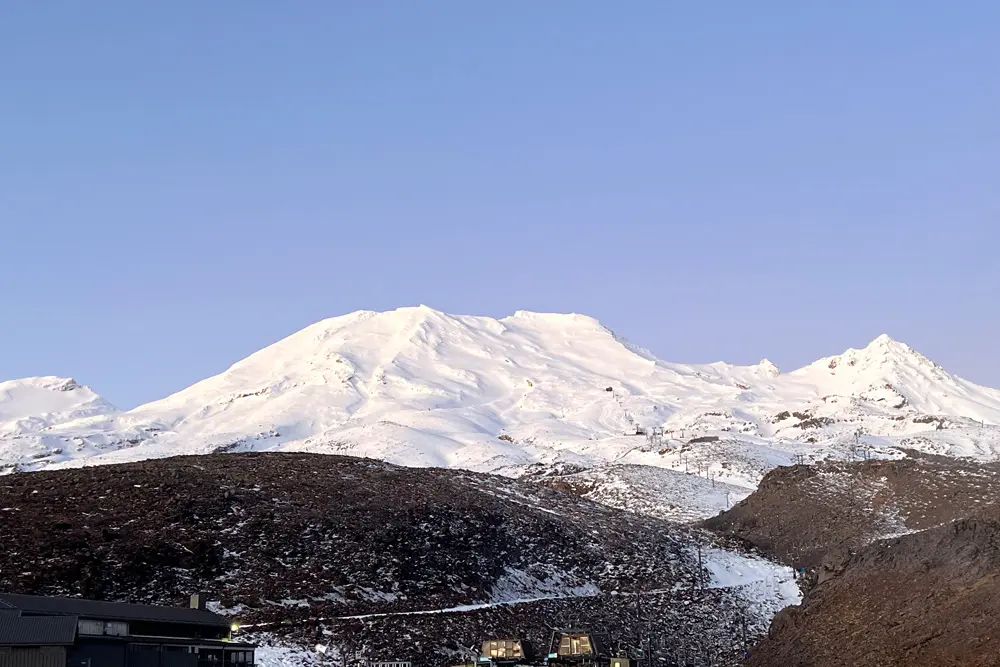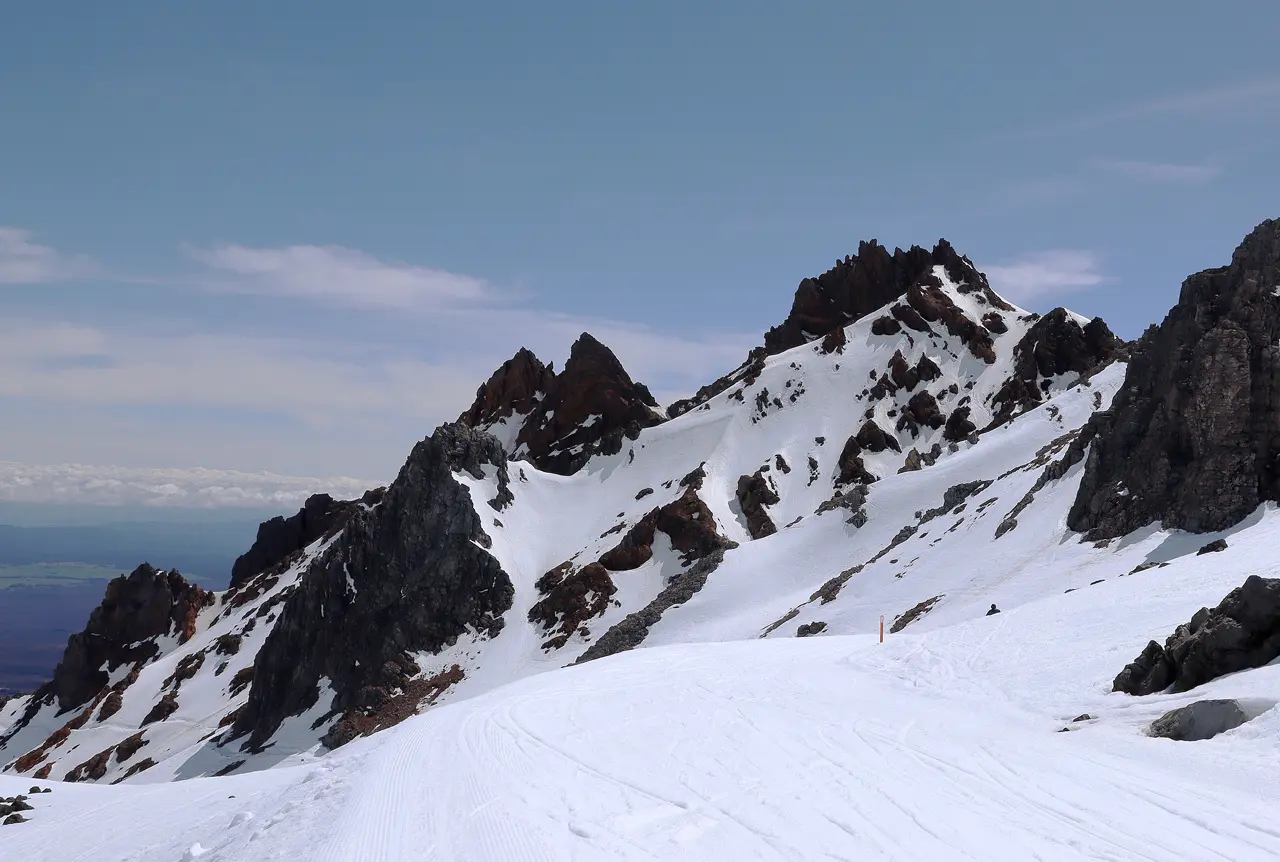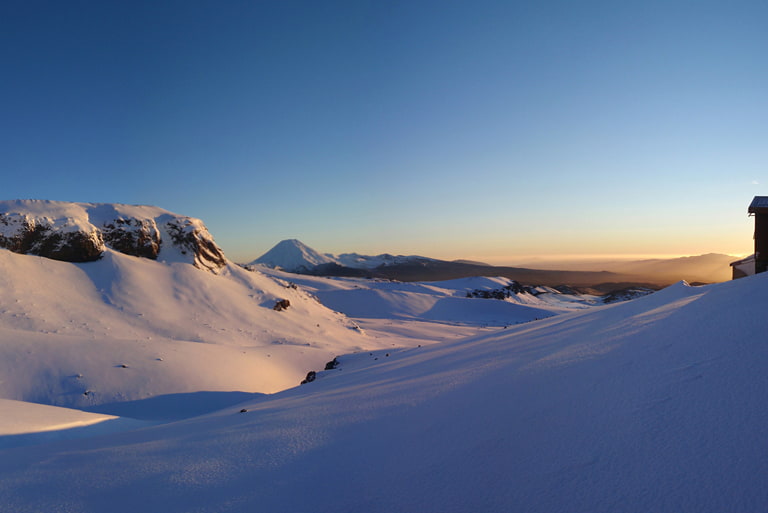Mt Ruapehu
One of New Zealand’s most iconic landmarks, standing tall in the central North Island within Tongariro National Park.
Walking amongst giants. A moment in Redwoods – Whakarewarewa Forest
The Redwoods stand as gentle giants I’ve always believed that New Zealand has its share of unforgettable scenery. Yet, nothing could have prepared me for The Redwoods at Whakarewarewa Forest.
Generative Engine Optimisation (GEO), the new world of SEO
Generative Engine Optimisation (GEO) is a new way to boost your business online. You can improve your search ranking and attract more customers by using clear messaging, building a strong
Mt Ruapehu is the highest peak on the North Island
It is located in the central North Island within Tongariro National Park. Mt Ruapehu, measuring 2,797 meters (9,177 feet), is one of three volcanoes – Tongariro, Ngauruhoe and Ruapehu.
The Volcano is rich in New Zealand’s natural beauty and cultural significance. Its unique combination of adventure, history, and natural wonders makes it a must-visit destination. We visit the mountain as often as we can. It’s one of our favourite places in New Zealand.
Articles on Mt Ruapehu
Ruapehu means “pit of noise” or “exploding pit” in Māori. This active stratovolcano is a geographical marvel and a cultural and historical site, deeply significant to the indigenous Māori people.
Ski Fields on Mt Ruapehu
See our timeline of eruptions, from 1945 to present day

UNESCO World Heritage Status
In 1990, Tongariro National Park was designated a UNESCO World Heritage site. This dual-status recognition highlights its natural and cultural importance. The park is celebrated for its unique volcanic features, diverse ecosystems, and the cultural heritage of the Māori people. It was the first property in the world to be inscribed under the revised criteria describing cultural landscapes, emphasizing the deep connection between Indigenous culture and the natural environment.
Winter
It is a premier winter destination. The mountain hosts two major ski fields: Whakapapa Ski Area and Tūroa Ski Area.
Historical Overview
The mountain has a rich and storied history, both geologically and culturally. Its formation dates back around 200,000 years, and its volcanic activity played a crucial role in shaping the surrounding landscape.
The first recorded ascent of Ruapehu was in 1879 by Englishman Reverend John Bates, who local Māori guided. Since then, the mountain has attracted countless adventurers and nature enthusiasts from around the globe.
Hiking and Trekking
The mountain and surrounding areas are a hiker’s paradise. The Tongariro Alpine Crossing, often cited as one of the best day hikes in the world, traverses the volcanic landscape between Mt Tongariro and Mt Ngauruhoe, offering stunning views. For those looking to summit Ruapehu itself, the hike to the crater lake is a challenging but rewarding adventure.
Mountain Biking
The rugged terrain is perfect for mountain biking. Numerous trails cater to all skill levels, from gentle rides through native bush to adrenaline-pumping downhill tracks. The Old Coach Road, a historic trail linking two railheads, is a popular biking route combining history, scenery, and adventure.
Scenic Chairlift Rides
During the summer, the ski field chairlifts transform into scenic rides, allowing visitors to enjoy the breathtaking views without skis or snowboards. These rides provide access to hiking trails, alpine meadows, and spectacular lookout points.
Natural Wonders
Beyond the thrill of adventure, the area is home to diverse flora and fauna. The lower slopes are covered in lush native bush, including beech forests and tussock grasslands. As the altitude increases, the vegetation transitions to alpine plants that have adapted to the harsh, volcanic environment.
Practical Information for Visitors
When planning a trip, there are several important considerations to keep in mind:
Accommodation: There are numerous accommodation options in the nearby towns of Ohakune, National Park Village, and Whakapapa Village. Choices range from budget-friendly hostels to luxury lodges, ensuring something for every traveller.
Safety: Mt Ruapehu is an active volcano, and while eruptions are infrequent, they do occur. It’s essential to check for any volcanic activity warnings and follow the advice of local authorities. Weather conditions can also change rapidly, especially in winter, so being prepared and informed is crucial.
Getting There: The mountain is accessible by car, with well-maintained roads leading to the ski fields and various trailheads. Public transport options are also available, including shuttle services from nearby towns.
Respecting the Environment: As a protected area, you must minimize your impact by following Leave No Trace principles. This includes taking all rubbish with you, staying on marked trails, and respecting wildlife.


